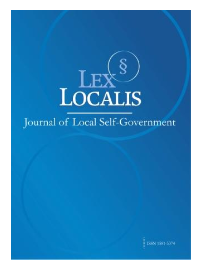EFFECT PERCEIVED BENEFITS, PERCEIVED EASE OF USE AND PERCEIVED RISK ON NAGARI QR MERCHANT APPLICATION
DOI:
https://doi.org/10.52152/7yxt3k04Keywords:
Perceived Benefits, Perceived Ease of Use, Perceived Risk, QR Merchant ApplicationAbstract
This study examines the impact of the application's perceived usefulness, ease of use, and risk on QR merchants at Cafe Salejourn in Padang, Indonesia. QR merchant application has become a novelty because the payment system is part of financial technology. Furthermore, the latest research is also the TAM/technology acceptance model that affects QR merchants, which is rarely researched. The study's originality on QRIS is only this time in Padang, Indonesia. This study analyses the influence of benefit perception, ease of use, and risk perception on QR merchant applications. The analysis technique is multiple linear regression, with three hypotheses tested. This study used a sample of 100 consumers from the Salejourn Cafe in Padang, Indonesia. This study's data is processed using the SPSS application. These findings suggest that perceived benefits do not affect the Nagari QR Application among consumers of the Salejourn Cafe in Padang, Indonesia. Meanwhile, perceived ease of use and perceived risk positively affect and significantly on application among customers of Cafe Salejourn.
Downloads
Published
Issue
Section
License
Copyright (c) 2025 Lex localis - Journal of Local Self-Government

This work is licensed under a Creative Commons Attribution-NonCommercial-NoDerivatives 4.0 International License.








